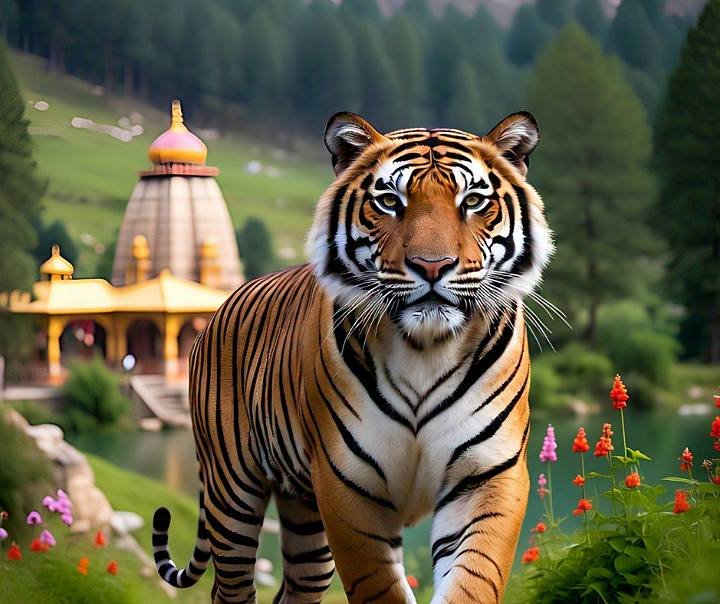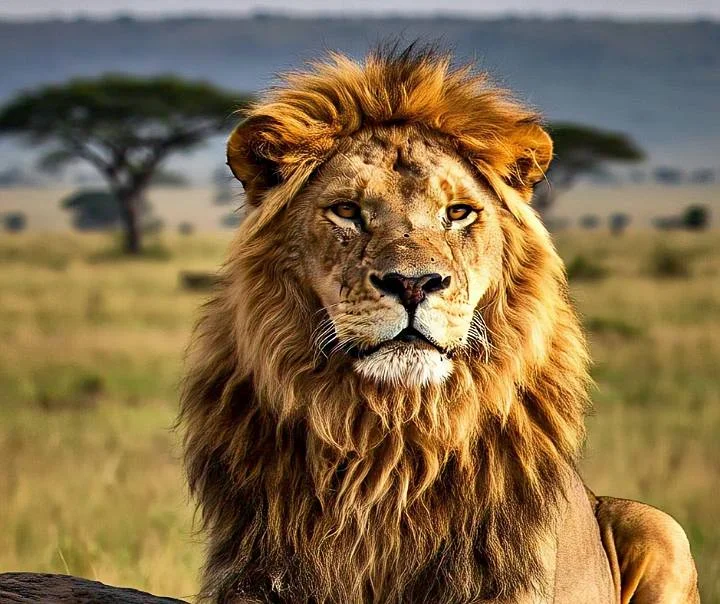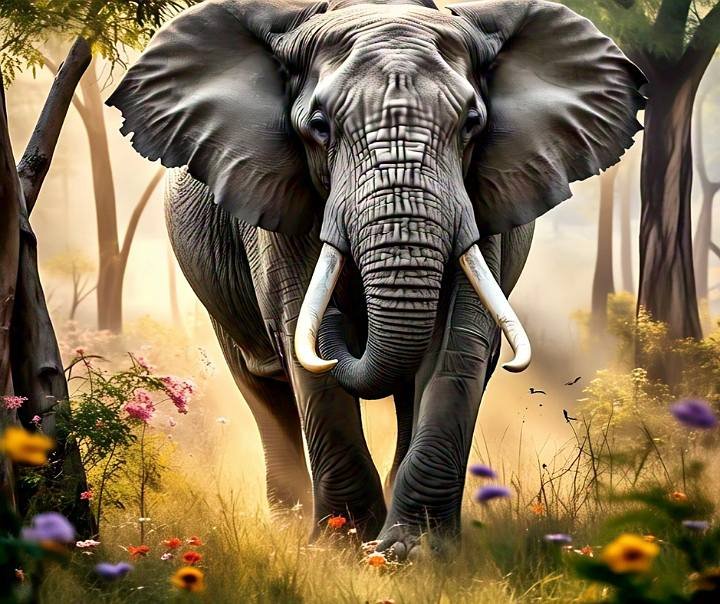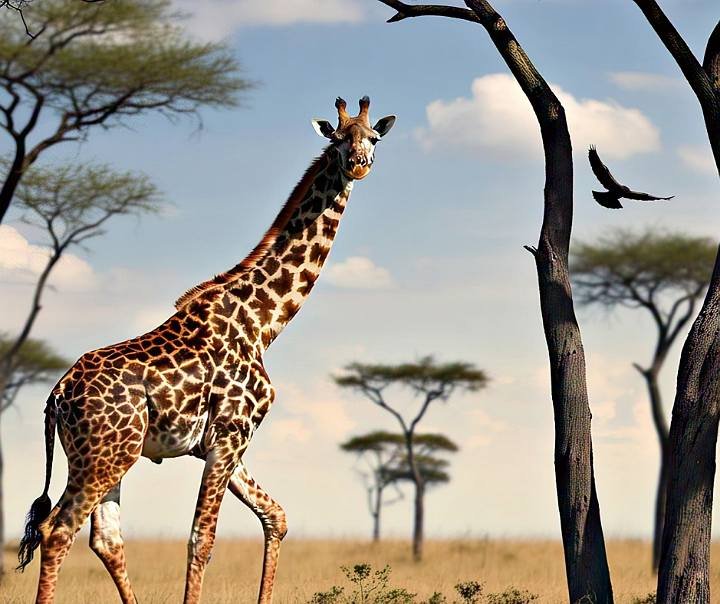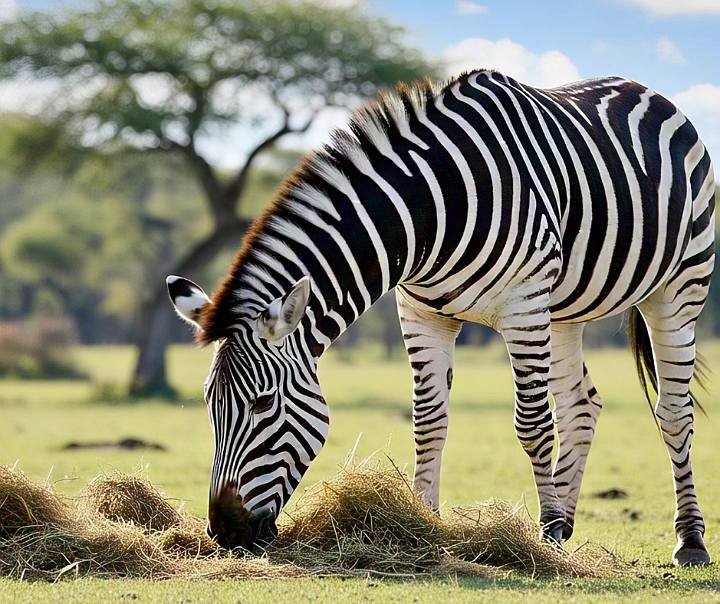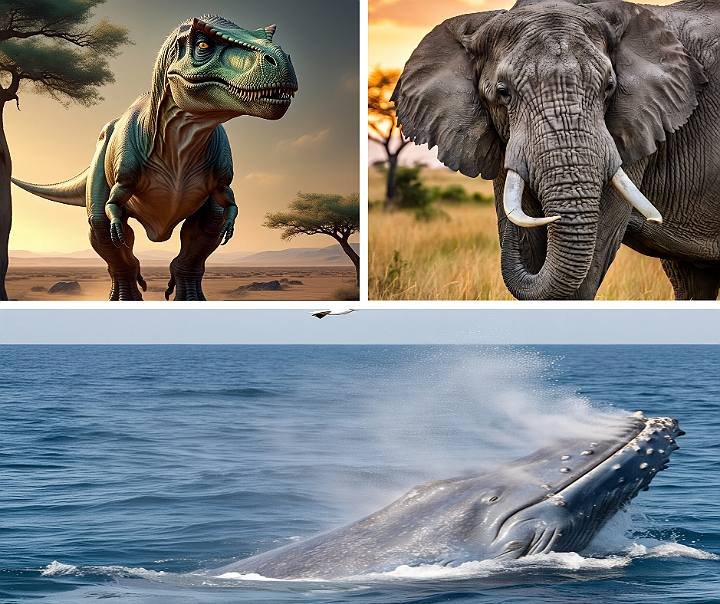Top 10 Most Dangerous Animals of the Jungle: A Thrilling Journey
Jungles are realms of nature where every step unveils a new mystery and lurking danger. These wild ecosystems are home to powerful predators, venomous creatures, and massive beasts fighting for survival. In this post, we’ll dive into the details of the top 10 most dangerous animals of the jungle, exploring why they are feared and sharing fascinating facts about them. So, let’s embark on this exhilarating and spine-chilling adventure!
Top Most Dangerous Animals List
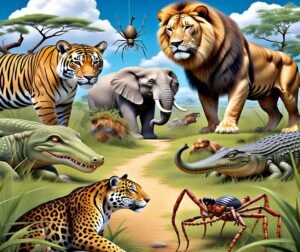
1. Lion
The lion, often called the “king of the jungle,” is renowned for its regal presence and immense strength. A male lion can weigh up to 550 lbs (250 kg), and its roar, reaching 114 decibels, can be heard up to 5 miles (8 km) away. Lions hunt in prides, with lionesses leading the chase and males protecting the family. They target large prey like buffalo, zebra, and wildebeest, using a bite force of 1800 psi that can crush bones. Learn more about the hunting behavior of lions here.
Why Dangerous: Their pack-hunting strategy, raw power, and territorial nature make them formidable predators. Threaten their pride or territory, and they’ll stop at nothing to defend it.
2. Tiger
The tiger, India’s national animal, is the jungle’s stealthiest and most powerful solitary hunter. An adult tiger can grow up to 10 feet long and weigh 550-660 lbs (250-300 kg). With a bite force of 1000 psi, it preys on deer, wild boar, and occasionally wolves, using its striped coat to blend into the night. Tigers in India’s Sundarbans and Ranthambore forests are both revered and feared. Discover more about tiger conservation in India here.
Why Dangerous: Its ability to stalk silently, powerful jaws, and solitary hunting prowess make it a deadly predator.
3. Elephant
Despite being herbivores, elephants are among the jungle’s most dangerous animals, especially when provoked. An adult elephant can weigh up to 14,000 lbs (6,350 kg) and stand 25 feet tall. With their massive feet, they can crush anything in their path, and their tusks and trunk are formidable weapons. Stories of enraged elephants destroying villages are common in African savannas and Asian jungles. Explore more about elephant behavior and nature here.
Why Dangerous: Their colossal size, unpredictable rage, and protectiveness toward their herd make them a force to be reckoned with.
4. Crocodile
Nile and saltwater crocodiles are the ultimate aquatic predators of the jungle. With a bite force of up to 5000 psi—the highest of any animal—they can snap bones effortlessly. Crocodiles ambush prey, dragging it underwater for a gruesome “death roll” that tears it apart. Their tough, bullet-resistant skin adds to their invincibility. Found in rivers, lakes, and coastal waters, they’re always watching. Read more about crocodile attacks and lifestyles here.
Why Dangerous: Their unmatched strength, stealthy ambushes, and dominance in water make them lethal.
5. Green Anaconda
The green anaconda, native to the Amazon, is the world’s largest snake, reaching lengths of 30 feet and weighing up to 500 lbs. It constricts its prey—squeezing until the victim can no longer breathe—before swallowing it whole. Anacondas hunt both in water and on land, preying on caimans, deer, and even small crocodiles. Learn more about the Amazon’s giant creatures here.
Why Dangerous: Its constricting power, enormous size, and ability to hunt on land and water make it a terrifying predator.
6. Brazilian Wandering Spider
Found in the Amazon, the Brazilian wandering spider is small but deadly. Its venom, packed with neurotoxins, can cause paralysis, breathing difficulties, and heart failure. Unlike other spiders, it doesn’t spin webs; it roams the forest floor hunting prey, making it unpredictable. Discover more about venomous spiders here.
Why Dangerous: Its potent venom, small size, and wandering nature make it a hidden but deadly threat.
7. Poison Dart Frog
These tiny, vibrant frogs of the Amazon may look harmless, but their skin secretes batrachotoxin, a poison potent enough to kill 10 humans. Measuring just 2 inches, they derive their venom from their diet of toxic insects. Their bright colors warn predators to steer clear. Read more about the Amazon’s venomous creatures here.
Why Dangerous: Their deadly venom, small size, and ability to blend into their surroundings make them a deceptive danger.
8. Jaguar
The jaguar, often confused with cheetahs, is a powerhouse predator of the Amazon and Central American jungles. With a bite force of 2000 psi, it can crush skulls and bones. Jaguars are versatile, hunting on land and in water, taking down caimans and large mammals with ease. Learn more about the jaguar’s predatory lifestyle here.
Why Dangerous: Its strength, bone-crushing bite, and ability to hunt in both water and on land make it a fearsome predator.
9. Mosquito
The tiny mosquito might be the deadliest creature on this list. Responsible for spreading diseases like malaria, dengue, zika, and chikungunya, mosquitoes cause over 725,000 deaths annually. Female mosquitoes bite to feed on blood, transmitting pathogens in the process. Their small size and omnipresence make them unavoidable.
Why Dangerous: Their ability to spread deadly diseases, small size, and prevalence in all climates make them the ultimate threat.
10. Scorpion
The Indian red scorpion, found in India’s jungles, is notorious for its lethal venom. Packed with neurotoxins, its sting can cause heart failure and respiratory issues, claiming over 100 lives annually. Growing up to 8 inches, it hunts at night, making it a silent killer.
Why Dangerous: Its potent venom, small size, and nocturnal hunting habits make it a hidden danger.
Staying Safe in the Jungle
Encountering these dangerous animals is no easy feat. If you’re planning a jungle adventure, keep these tips in mind:
- Stick with a Guide: Expert guides can keep you safe and informed.
- Observe from a Distance: Getting too close to wildlife can be deadly.
- Wear Protective Clothing: Long sleeves and boots shield against mosquitoes and scorpions.
- Be Cautious Near Water: Crocodiles and anacondas often lurk in rivers and lakes.
Final Thoughts for Dangerous Animals
The jungle’s dangerous animals are awe-inspiring examples of nature’s power and complexity. Their ferocity is a part of their survival strategy, maintaining the delicate balance of their ecosystems. Encountering them is both a risk and a rare chance to witness nature’s raw beauty. Visit JungleJhadi for more fascinating jungle facts and stories. If you enjoyed this post, share it with your friends and let us know in the comments which jungle animal fascinates you the most and why!
